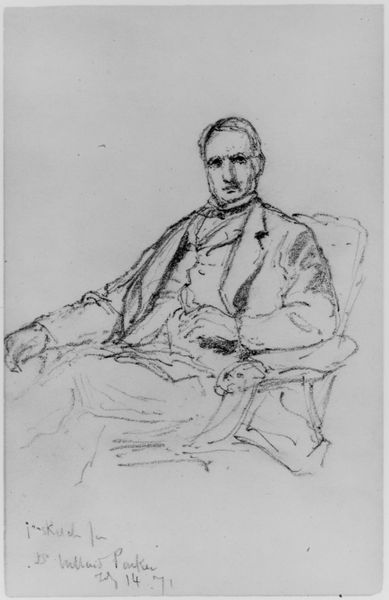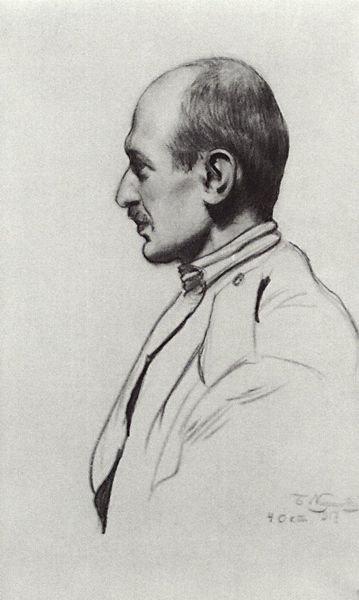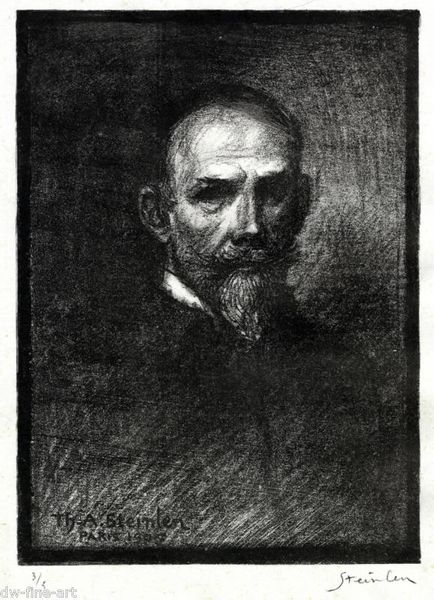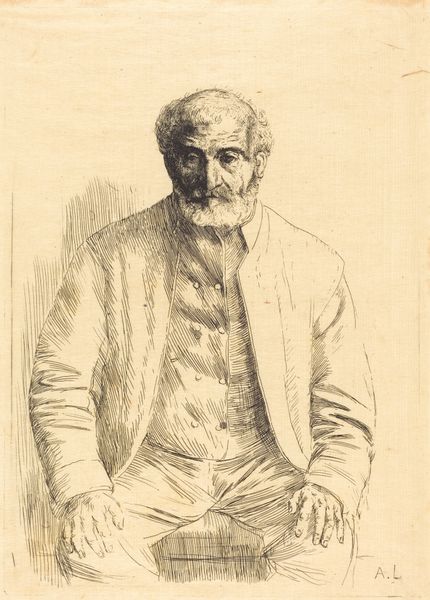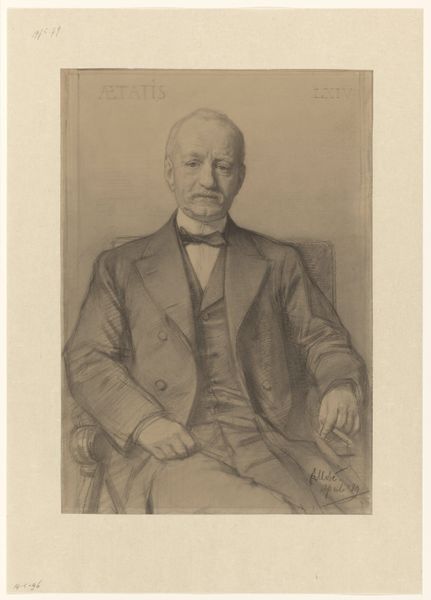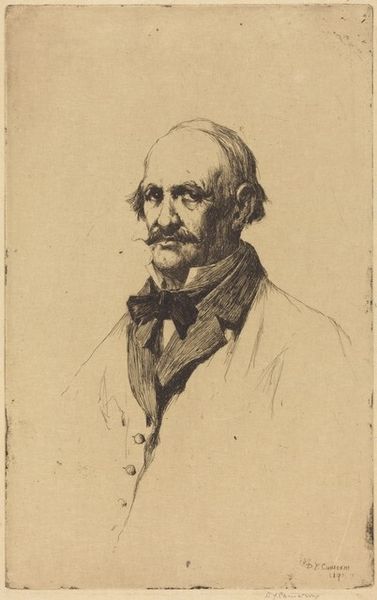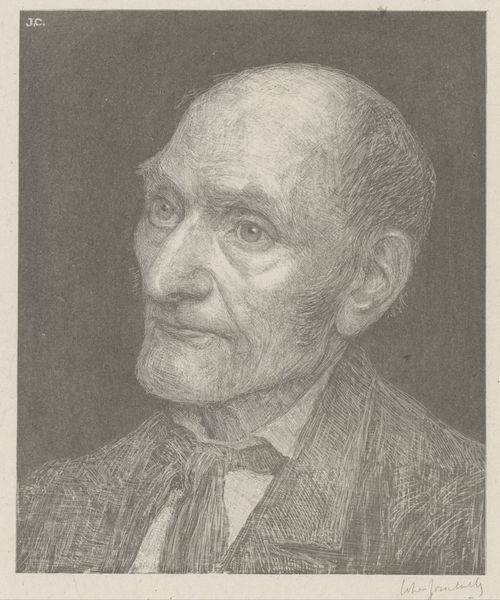
#
pencil drawn
#
amateur sketch
#
facial expression drawing
#
head
#
pencil sketch
#
portrait reference
#
pencil drawing
#
sketch
#
line
#
portrait drawing
#
facial study
#
facial portrait
#
forehead
#
digital portrait
Copyright: Public domain
Editor: This is Christian Wilhelm Allers’ "Portrait of Fedor Jagor," created in 1886 using what appears to be pencil on paper. It has a certain immediacy, almost like a candid snapshot. What strikes you most about this piece? Curator: The deliberate use of pencil, a readily available and relatively inexpensive material, speaks volumes. Consider the social context: who was Allers creating art for, and who was consuming it? Was this portrait intended as a study, a gift, or something else entirely? The means of production deeply informs the object. Editor: That's an interesting way to look at it. I was focusing on the lines and shading to create form. How does considering the *material* affect how we understand the finished drawing? Curator: Precisely! By acknowledging the 'lowly' pencil, we challenge conventional boundaries separating 'high art' from 'mere craft' or 'sketch'. We move away from a sole focus on aesthetic qualities and begin to investigate questions of labor, materiality, and even the economics surrounding art creation and appreciation in 19th-century Germany. How might access to more expensive materials like oil paints changed the final outcome, and, subsequently, the portrait’s audience and value? Editor: So, the choice of pencil democratizes the art form, in a way? Or at least points to a different level of patronage? Curator: It certainly hints at the democratization of image-making, moving away from the exclusive patronage systems of previous eras. Allers may be signaling an alignment with emerging bourgeois values. Editor: I hadn't considered the socioeconomic implications of such a simple choice of material. Now I see that appreciating art also requires awareness of materials and accessibility to them! Curator: Exactly! By grounding our analysis in the materiality of the artwork, we open up possibilities to discuss complex ideas regarding production and reception. It provides tangible evidence that unlocks wider societal conversations.
Comments
No comments
Be the first to comment and join the conversation on the ultimate creative platform.

